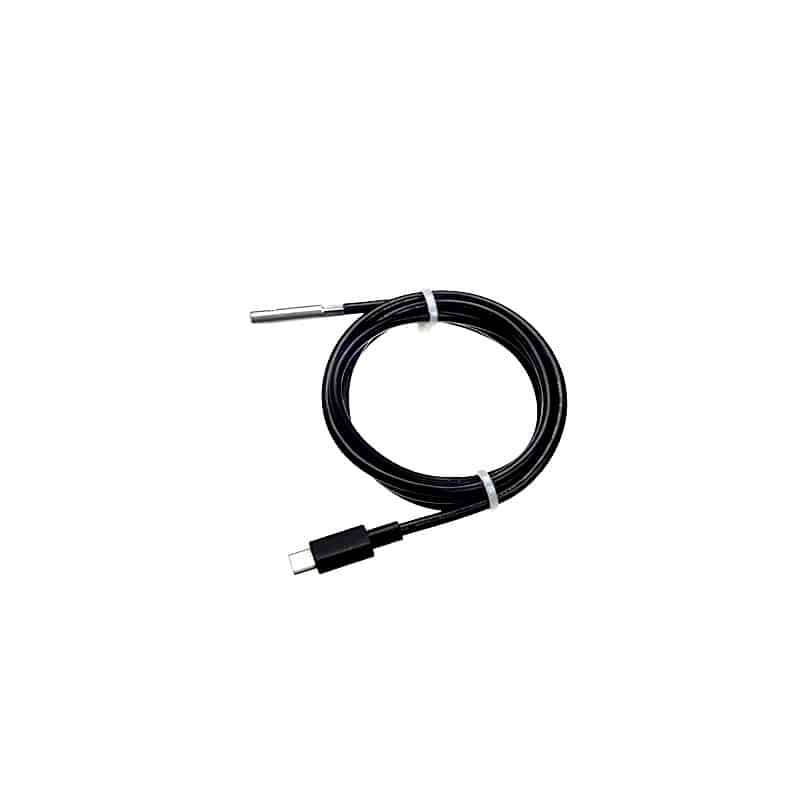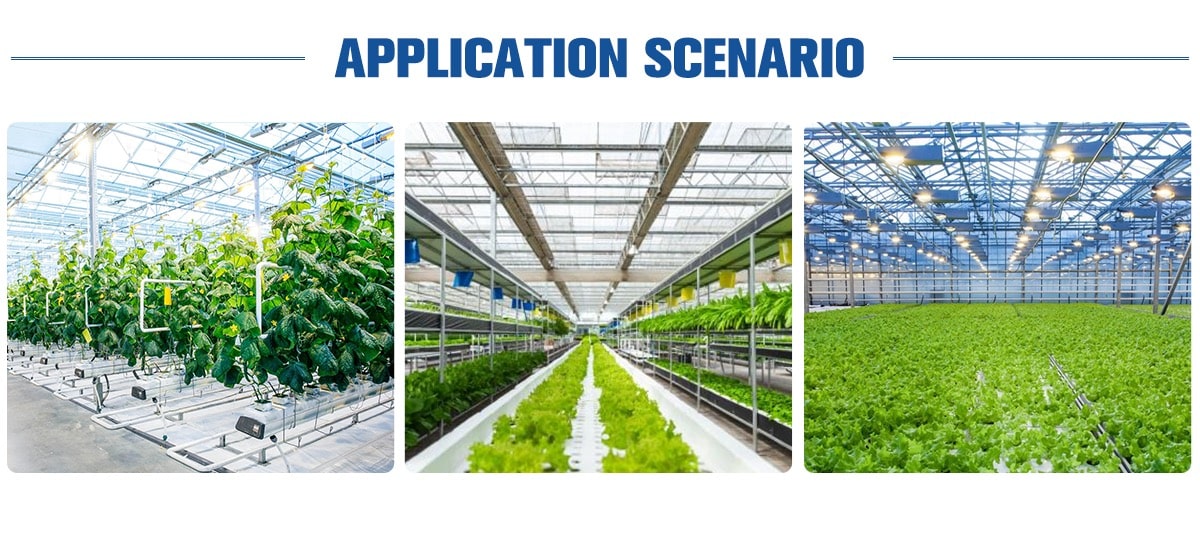Introduction
In the ever-evolving field of temperature and humidity sensing, NTC (Negative Temperature Coefficient) technology plays a pivotal role. StarLight, a high-tech enterprise specializing in a range of temperature sensors, including NTC thermistors, leads the charge in this domain. This article explores the profound influence of NTC technology on temperature and humidity sensors.
NTC Technology Revolution
NTC thermistors are at the forefront of temperature sensing technology. Their ability to exhibit a sharp decrease in resistance as temperature rises has made them indispensable in various applications. These versatile sensors are utilized in a myriad of temperature-sensitive devices, including temperature and humidity sensors.
Temperature Sensing with NTC
Temperature sensors based on NTC technology offer unmatched accuracy and sensitivity. They excel in providing precise temperature measurements, making them ideal for climate control systems and weather stations. NTC-based sensors ensure that temperature data is reliable, contributing to efficient climate management.
Humidity Monitoring Advances
In conjunction with temperature sensing, humidity measurement is crucial in numerous settings. NTC temperature sensors are ingeniously integrated with humidity sensors to create cutting-edge temperature and humidity sensors. These devices accurately capture environmental data, allowing for fine-tuned control of indoor climate conditions.
StarLight’s Innovation
StarLight, a pioneer in NTC technology, has leveraged its expertise to develop state-of-the-art temperature and humidity sensors. These sensors incorporate NTC thermistors to provide industry-leading accuracy in temperature and humidity measurement. StarLight’s commitment to innovation ensures that their sensors meet the highest standards of reliability and performance.
Conclusion
Temperature and humidity sensors, powered by NTC technology, continue to transform industries reliant on precise environmental data. StarLight’s dedication to advancing NTC thermistors and related sensors has enabled breakthroughs in temperature and humidity monitoring. As technology evolves, so too will the capabilities of these sensors, shaping a more connected and climate-aware world.




